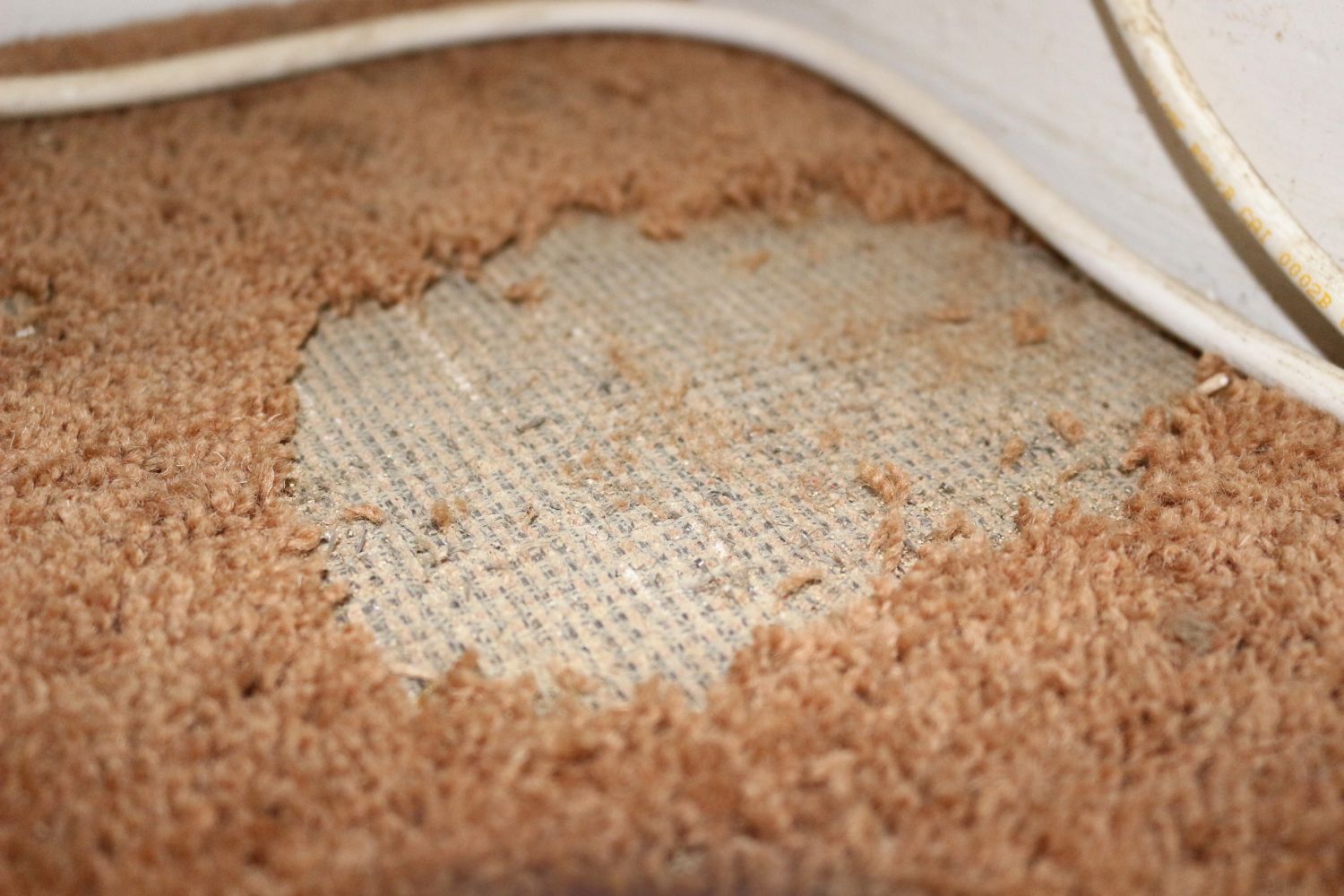Casual Tips About How To Protect Wool From Moths
/moths-on-wool-sweater-112299687-5a55331b47c2660037867187.jpg)
Essential oils or sachets of dried herbs like.
How to protect wool from moths. Moth breeding season is in full swing, which can spell disaster for owners of wool clothes or luxury wool items such as our. Detecting if you have a moths and knowing when they are starting to become active again will tell you when to start putting away less used. Here are some effective measures to protect your wool.
Adult moths won't actually eat your garments, but their larvae feed on the natural clothing fibers in materials like wool, which contain keratin, the orkin experts say. Cedar hangers and balls: For example, a mouse that finds its way into your home will look for a nice cozy.
They feed exclusively on animal. Heat the oven to the lowest possible temperature—or, ideally, to 120℉. How to protect wool sweaters from moths:
They especially like dirty and dusty wool or. These can help deter moths from entering your wardrobe. Your best bet in protecting your clothes from moth damage is to store them in airtight plastic bags and tubs when you’re not using them for the season.
Cashmere pest prevention. Thoroughly check each of your garments for damage or signs of the larvae in bright sunlight or with a flashlight. Keeping your stash free of moths.
Rotate your rug every six months 180 degrees to avoid undisturbed spots and to provide even wear to help prevent traffic lanes on the surface of your area rug. Once infested, clothes moths can be incredibly tricky to exterminate.
Moths are attracted to wool fibers and their larvae feed on these protein fibers. Leave the woolen item in the oven for 30. How to prevent wool and clothes moth infestations.
How to protect wool from moths. Place the woolen garment on a cookie tray. First is nesters.
Prevention is key in dealing with wool moths.
















